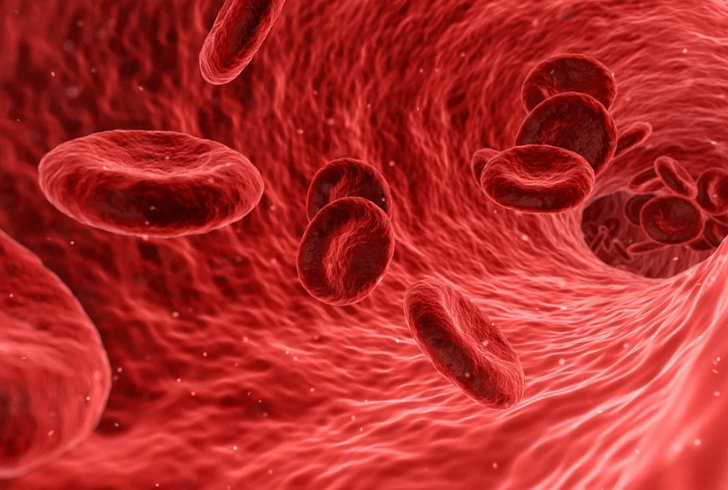Revolutionizing Medicine: Five Nobel-Winning Breakthroughs That Transformed Lives
In the realm of groundbreaking medical breakthroughs, the recent FDA approval of the first CRISPR therapy shines as a beacon of hope. Imagine a single treatment that could change the lives of patients grappling with sickle cell anemia and beta-thalassemia.
This therapy, a brainchild of scientists Jennifer Doudna and Emmanuelle Charpentier, involves editing bone marrow stem cells to restore proper hemoglobin function, offering relief from agonizing pain. Just over a decade since the discovery of CRISPR, the Nobel laureates have opened the door to a new era of personalized medicine.

freepik | In a decade, CRISPR’s discovery unlocks a new era in medicine.
CRISPR Chronicles: Transforming Lives in Eleven Years
The impact of CRISPR is not an isolated phenomenon. Reflecting on this milestone prompts exploration into other Nobel-Prize-winning breakthroughs that birthed transformative medicines. Over the last two decades, we’ve witnessed at least five examples of science paving the way for therapies and vaccines that benefit millions.
1) The RNAi Revolution (2006 Nobel)
Discovered by Craig Mello and Andrew Fire in the ’90s, RNAi is a programmable way to silence genes, akin to a guided search engine. Unlike CRISPR, RNAi utilizes the Argonaute protein already present in human cells.
Artificial queries designed to target disease genes can be injected into patients, offering a six-month knockdown of disease genes. Approved RNAi drugs are already addressing conditions like amyloidosis, showcasing the potential to combat various diseases.

Pixabay | qimono | RNAi utilizes the Argonaute protein already present in human cells.
2) Induced Pluripotent Stem Cells (2012 Nobel)
Shinya Yamanaka’s breakthrough in 2006 rewrote the rules of cellular development, allowing mature cells to be reprogrammed into pluripotent cells. This discovery birthed the possibility of personalized therapies, including autologous cell transplants.
Companies like Cellino and BlueRock are at the forefront, working on platforms to manufacture these therapies at scale. Imagine a future where off-the-shelf cell therapies can replace or restore damaged cells.
3) Unleashing the Immune System (2018 Nobel)
Tasuku Honjo and Jim Allison’s work in cancer immunology uncovered PD-1 and CTLA-4, leading to immune checkpoint inhibitors that enhance the body’s ability to fight cancer. While these inhibitors have become a cornerstone of cancer care, there’s still work to be done to expand eligibility and improve patient outcomes.
4) Conquering Hepatitis C (2020 Nobel)

freepik | Today, more than 95 percent of Hepatitis C cases can be cured with a simple daily pill.
Harvey J. Alter, Michael Houghton, and Charles M. Rice’s discovery of the Hepatitis C virus unveiled the cause of chronic hepatitis, enabling the development of life-saving blood tests and medicines. Today, more than 95 percent of Hepatitis C cases can be cured with a simple daily pill, though access to treatment remains a challenge.
5) mRNA Marvels (2023 Nobel)
Drew Weissman and Katalin Kariko’s groundbreaking work on making mRNA tolerated by our immune systems paved the way for the revolutionary mRNA vaccines in 2020. As we close out 2023, their discovery fuels optimism about future vaccines and treatments, including those targeting cancer and autoimmune diseases.
In a year marked by biotech challenges, these remarkable strides remind us why we entered the realm of medical science – to drive leaps forward for patients. As we bid farewell to 2023, let’s celebrate the phenomenal journey from scientific breakthroughs to life-transforming medicines. Onward to the horizon of endless possibilities, where the promise of more discoveries and innovations awaits!